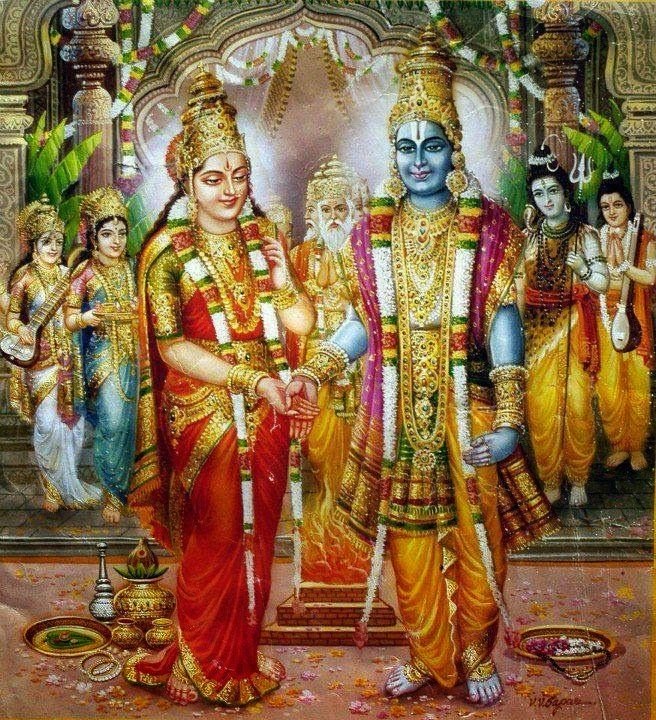Dear viewer, the video content in this page is in Tamizh.
The embedded video content in this page and their respective copyrights belong to the original content owners and have been shared here for informational purposes only.

Dear viewer, the video content in this page is in Tamizh.
The embedded video content in this page and their respective copyrights belong to the original content owners and have been shared here for informational purposes only.

Dear viewer, the video content in this page is in Tamizh.
The embedded video content in this page and their respective copyrights belong to the original content owners and have been shared here for informational purposes only.

Dear viewer, the video content in this page is in Tamizh.
The embedded video content in this page and their respective copyrights belong to the original content owners and have been shared here for informational purposes only.
Dear viewer, the video content in this page is in Tamizh.
The embedded video content in this page and their respective copyrights belong to the original content owners and have been shared here for informational purposes only.
The epic sings of the glory, grace and beatitude of Lord Skanda in rich melodious language. The author of this immortal epic is Kachiappa Sivacharyar who functioned as the priest of Śrī Muruka’s Kumara Kottam shrine in Kanchipuram, Tamil Nadu. It is believed that Lord Skanda himself initiated the task of composing the epic, on the author’s behalf. The epic (or purana as it is usually called) consists of six cantos comprising 10,345 stanzas in all. Read more…
Dear viewer, the video content in this page is in Tamizh.
The embedded video content in this page and their respective copyrights belong to the original content owners and have been shared here for informational purposes only.
Dear viewer, the video content in this page is in Tamizh.
The embedded video content in this page and their respective copyrights belong to the original content owners and have been shared here for informational purposes only.
Dear viewer, the video content in this page is in Tamizh.
The embedded video content in this page and their respective copyrights belong to the original content owners and have been shared here for informational purposes only.
Dear viewer, the video content in this page is in Tamizh.
The embedded video content in this page and their respective copyrights belong to the original content owners and have been shared here for informational purposes only.
Dear viewer, the video content in this page is in Tamizh.
The embedded video content in this page and their respective copyrights belong to the original content owners and have been shared here for informational purposes only.